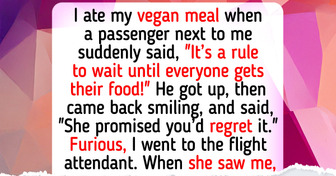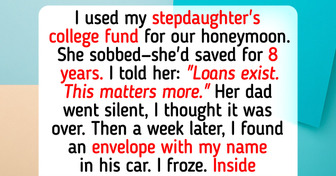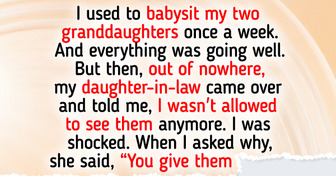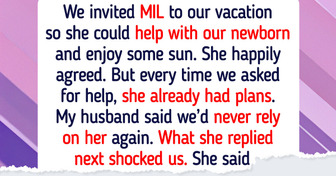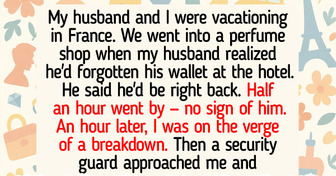My Cousin Refuses to Pay Me After Singing for Her Entire Wedding

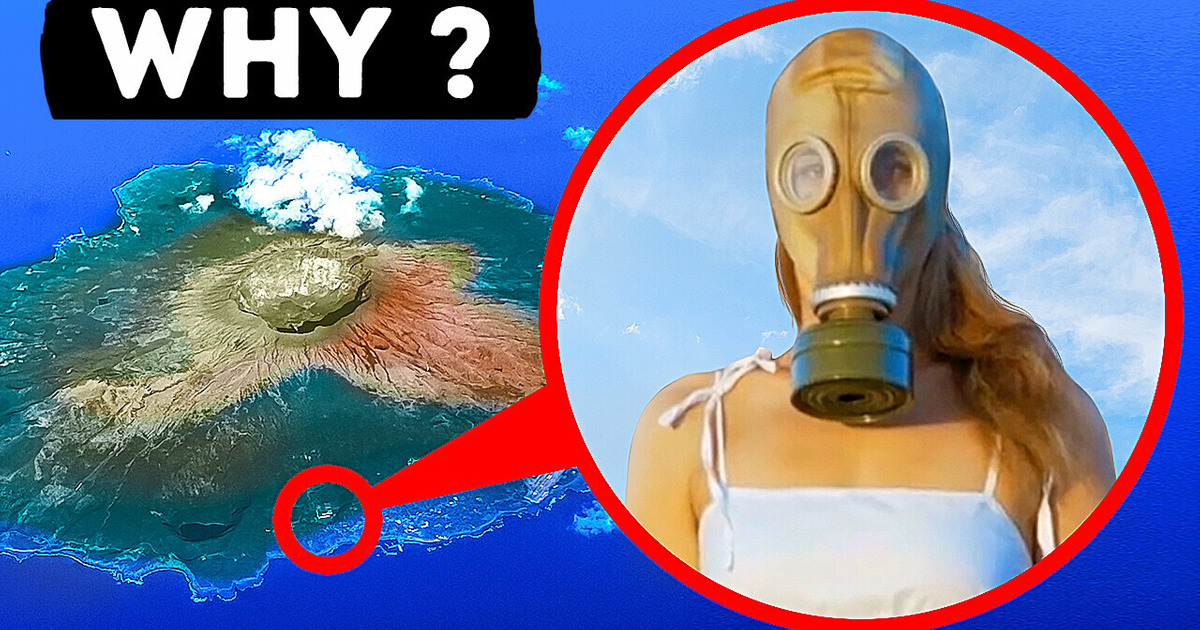
Fraser Island sits off the coast of sunny Queensland, Australia. But don’t fall for its beauty; it’s home to the most dangerous beach in the world. There’s nowhere on the island to seek medical attention. So if you do run into danger, you’re on your own.
Dingo attacks are super common here. If you don’t know what a dingo is, it looks like an adorable dog but beware; this wild breed is extremely dangerous. And the dingo’s gnashing teeth aren’t the only thing to be scared of; the seas around the island are swimming with great white sharks.
There’s jellyfish in the water too. Fraser Island is home to some of the world’s most dangerous kinds, including the Portuguese bluebottle. One sting from its venomous tentacle is enough to take down an adult human.
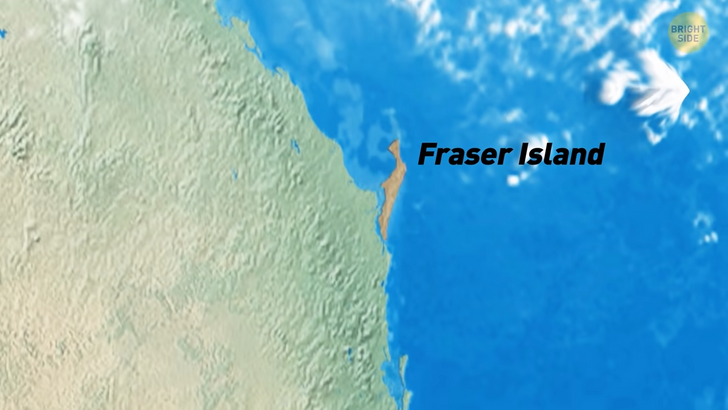
Even if you manage to avoid those creatures on the island, the sea itself is perilous. The waters are incredibly rough and have powerful riptides. These are strong currents that will pull you aware from the shore. And remember, there are no lifeguards to come to your rescue if you get into trouble.
Even the sand is dangerous. Cars rollovers in the thick dunes happen all the time. It’s definitely best to swap your car for a dune buggy. Travelers also often dive down the dunes straight into the lakes below. But the lakes are incredibly shallow, which is not very safe.
Fraser Island is also known for its beautiful lookout points, but you’ll need to watch your step. You might feel on top of the world but stay well away from the edges as jagged rocks, and crashing waves line the shore below.
There’s an island in Brazil known as Snake Island, which is equally dangerous. I wonder what the hazard could be here... It’s home to thousands of Golden Lancehead Vipers, which are one of the most venomous snakes on the planet. They grow to over 20 inches long, and their fast-acting venom melts the flesh from around their bites. There are around 4,000 snakes on the tiny 106-acre isle.
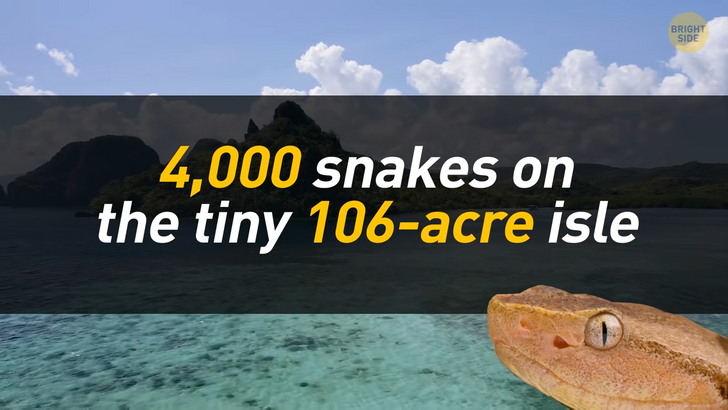
Snake Island has become so dangerous that the Brazilian authorities had to ban everyone from going there. For years, the only human inhabitants to brave the island were a lighthouse keeper and his family. But local legend says that one night a group of snakes crawled in through a window to attack, and the family was never seen again.
Known as the gas-mask town, the island of Miyake-Jima is not one to visit in a hurry. It’s home to a fiery, active volcano that has erupted several times over the past few years. There were several massive eruptions leading to the spread of a highly poisonous gas across the island. Residents are now required to carry gas masks at all times, and a terrifying alarm blares across the island whenever the poison levels get too high.
The island is also in the middle of the Devil’s Sea. Ships mysteriously vanish in the area, and experts have no idea why. The North Sentinel Island is home to a remote and unwelcoming tribe. They’ve lived alone on the island without any modern technology or contact with the outside world for over 60,000 years — and that’s just the way they like it. They’ve been known to fire arrows at anyone who attempts to enter the island. There are many stories of people visiting the island, and they are never seen again.
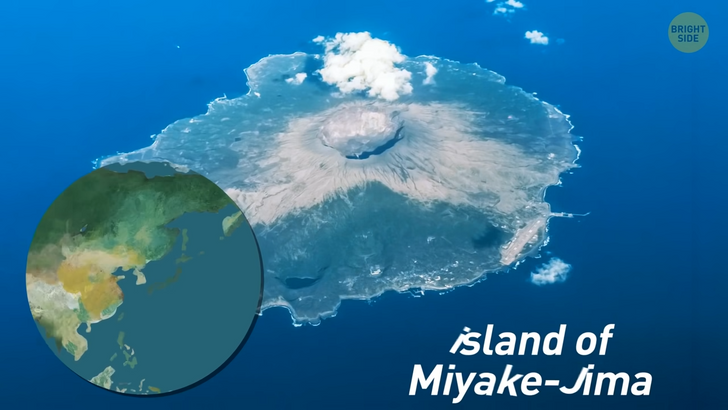
It’s not ghoulish ghosts or slithering snakes that you have to worry about on the Caribbean island of Saba; it’s hurricanes. The tiny island has been hit by more severe hurricanes than anywhere in the world over the last 150 years. There have even been 7 tropical cyclones, which is an intense circular storm. The winds in these storms can reach 254 km/h. Try standing up in that.
You’ll also struggle to find a pilot who’ll even land on the island. It’s incredibly dangerous not because of the winds but because it’s home to the shortest runway in the world. It’s only 440 yards long. 2 huge rocky ridges surround the runway, so there’s no room for mistakes.
The Kilauea Beaches of Hawaii used to be one of the most dangerous in the world. The Kilauea volcano has been almost consistently erupting for the past 35 years, spewing red-hot lava into the surrounding waters. The water temperatures have even passed boiling point, as a result of the lava. Happily, it’s no longer active.
While the island of Bikini Atoll might sound like the perfect summer vacation destination, it’s most certainly not. The problem is that this place has dangerously high radiation levels, and the locals had to leave it. Although the island was declared ’safe’ in the ’90s— its original inhabitants have refused to return. The lack of fishing in the area has also led to a massive increase in sharks who swim the waters in search of their next meal. Strangely, the corals and reefs are thriving.
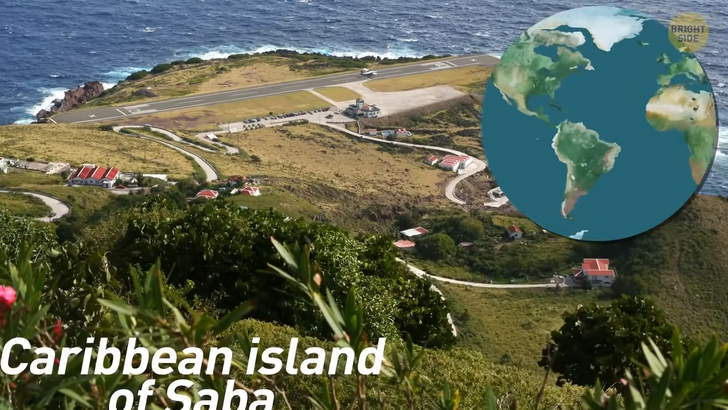
From the distance, Ramree Island looks idyllic: white sand, swaying palms, but beware! They say thousands of hungry saltwater crocodiles used to lurk there ready to strike at any time! The exact number of those animals was unknown, and some scientists claim there are quite few of them right now. I’d stay well clear of the island, though — I don’t really feel like becoming crocodile food.
Skeleton Coast in Namibia is appropriately named as the harsh landscape and lack of water make life almost impossible. Whale carcasses, turtle shells and elephant rib cages litter the shore. If that isn’t bad enough, lions and hyenas patrol the beach in search of their next meal. The surrounding waters are just as dangerous as they are home to 11 different species of shark. Many sailors have become lost on this coast and have never been seen again.
Cape Tribulation in Australia also lives up to its name as it is packed full of dangers. Swimmers have to wear special stinger suits because the water is teeming with stinging jellyfish. Saltwater crocodiles also hide in the water, but they don’t make a suit to keep you safe from those. It’s not just the jellyfish that sting, the area is covered in stinging trees.
The trees have jagged leaves that give the crocs teeth a run for their money. On land there’s angry cassowary birds. They are flightless birds that are the same size as an ostrich. They have sharp talons that can easily slice through skin.
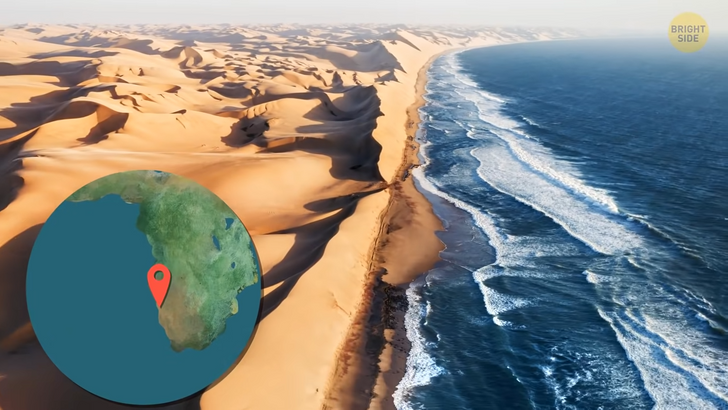
The Utakleiv Beach in Norway is one of the best places to see the northern lights, but you’ll be lucky if you survive more than one night there. The seas surrounding the island can reach 46 degrees Fahrenheit and that’s just in the summer. It probably feels like swimming in ice-cream.
For years Gansbaai beach has remained a habitat for the most dangerous creatures on the planet. Sharks are particular fans of its waters and the coastal stretch is known as the Great White Shark Capital. The sharks are attracted to the 60,000 sea lions that flock to the beach every year. Not just shark food, wild sea lions can be unpredictable and aggressive towards humans.
Comoro islands are the worst vacation destination for those who doesn’t really like mosquitos. The place is swarming with the little guys! Locals say all the water on the island must be contaminated because of them, so they like to sterilize water before drinking, making ice, and even brushing their teeth.
If you’re really into coconuts, there’s one place you should probably go to grab some. I’m talking Danger Island — yep, it’s the real name of one island in the Chagos Archipelago. It shouldn’t scare you off though: the major problem it has is parking, I mean, safe anchorage for those who come there.
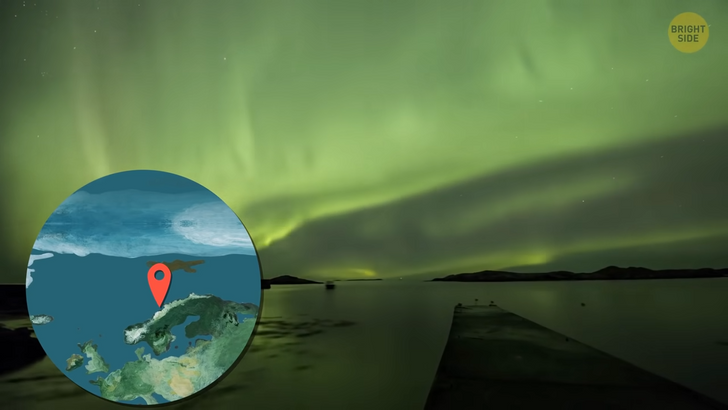
Finally, while it may sound dreamy you’re probably going to want to avoid the beaches of the Amazon. Sharp-toothed red-bellied piranhas, anacondas and electric eels are just some of the beaches regular residents. It has one of the widest variety of animal species on the planet, including the Amazonian Giant Centipede which has a poisonous bite.
It’s not just the animals of the Amazon that you have to watch out for. Strychnos and Curare are two Amazonian plants that are super poisonous.




